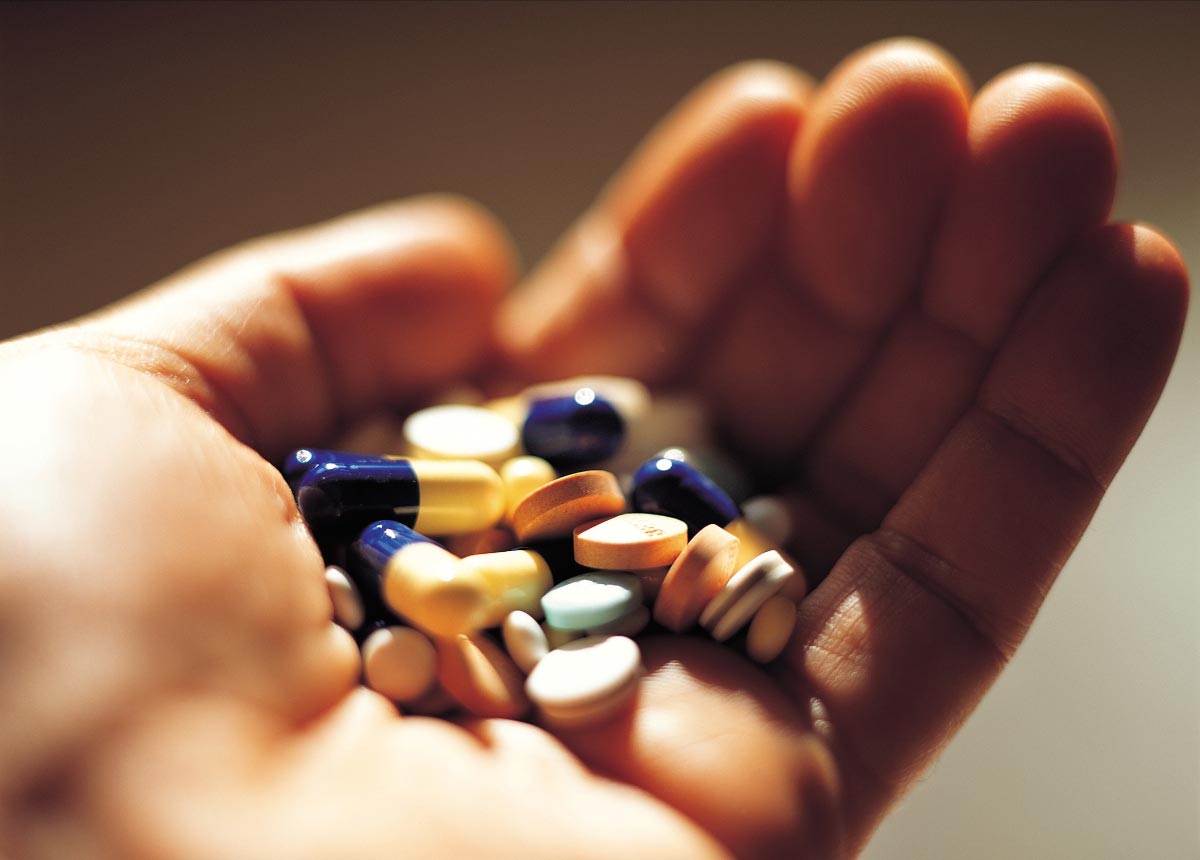Antibiotic resistance reaches worldwide high after years of excessive prescriptions and abuse
11/17/2015 / By Greg White

Bacteria are resisting the killing effects of antibiotics more than ever before. According to the World Health Organization (WHO), antibiotic resistance has reached dangerous levels globally, largely fueled by a widespread overprescription of antibiotics.
Antibiotic resistance is a corollary of a bug becoming immune to an existing drug, which can morph a minor infection into a deadly malady. Resistance occurs naturally. Nevertheless, the overprescription of antibiotics speeds up this process. Approximately 74 percent of antibiotics are prescribed in GP surgeries. Hospitals prescribe roughly 18 percent of antibiotics.[1]
“The rise of antibiotic resistance is a global health crisis. More and more governments recognise (it is) one of the greatest threats to health today,” WHO chief Margaret Chan told sources.[2]
To stay up-to-date on the latest superbugs plaguing society, visit Superbugs.news powered by Fetch.news.
Antibiotic use spikes between 2010 and 2014
A recent WHO report revealed that the use of these drugs spiked between 2010 and 2014. The use of carbapenems and piperacillin/tazobactam, regarded as the “last resort antibiotic,” increased by 36 percent and 55 percent, respectively. Overall, the prescription of antibiotics rose by 11.7 percent for hospital inpatients and by 8.5 percent for hospital outpatients, between 2010 and 2014.[1]
Rates of blood infections caused by E.coli have spiked by 15.6 percent and Klebsiella pneumoniae by 20.8 percent between 2010 to 2014. E. coli can cause severe stomach cramps, vomiting and diarrhea. In extreme cases, it can even lead to kidney failure and death. Klebsiella pneumoniae causes urinary tract infections, pneumonia and can lead to blood poisoning.[1]
Mother Nature's micronutrient secret: Organic Broccoli Sprout Capsules now available, delivering 280mg of high-density nutrition, including the extraordinary "sulforaphane" and "glucosinolate" nutrients found only in cruciferous healing foods. Every lot laboratory tested. See availability here.
How did this happen? The answer lies in the overprescription and overuse of antibiotics. Unfortunately, children are the most common victims of this overuse. Among the 145 million antibiotic prescriptions made each year, the bulk are written for young children with viral, rather than bacterial, infections.[3]
For instance, although about 10 out of 100 children with fever are infected by bacteria, approximately 60 of them will be prescribed an antibiotic. As a result, children infected with bacteria that resist antibiotics, otherwise known as superbugs, often need to be treated longer and with more expensive antibiotics. And as the recent WHO survey discovered, some of the most potent antibiotics in the market today are beginning to lose their effect.[3]
Ignorance coupled with mass prescriptions fueled global antibiotic resistance
The reason doctors prescribe antibiotics so frivolously are wide and varied. Doctors may sense that parents are more likely to feel satisfied if their child is given a prescription for an antibiotic. Some parents may feel more comfortable knowing their child is given an antibiotic for a viral infection, like colds and bronchitis, even though the drug won’t help the child get better faster. Although some parents are aware of the problem of resistant bacteria, very few understand why it happens or what they can do about it.[3]
WHO’s 12-country survey published Monday discovered that approximately 64 percent of people believe wrongly that antibiotics can treat the flu and common cold, even though the drugs have no impact on viruses at all. The survey was conducted in Barbados, China, Egypt, India, Indonesia, Mexico, Nigeria, Russia, Serbia, South Africa, Sudan and Vietnam. An estimated 66 percent of participants believed there is no risk for antibiotic resistance for those who take their antibiotics as prescribed.[2]
Furthermore, nearly half of the participants believed that antibiotic resistance was only a problem for those who take drugs regularly. In actuality, everyone can get an antibiotic-resistant infection. Also, around one-third of participants believed it was okay to stop taking the treatment once they felt better, rather than complete the prescribed course of treatment.[2]
“One of the biggest health challenges of the 21st century will require global behaviour change by individuals and societies,” said Keiji Fukuda, the UN chief’s special representative on antimicrobial resistance.[2]
Sources:
[2] News.Yahoo.com
[3] GoogleBooks.com
Tagged Under: antibiotic resistance, Antibiotics, WHO, World Health Organization




















